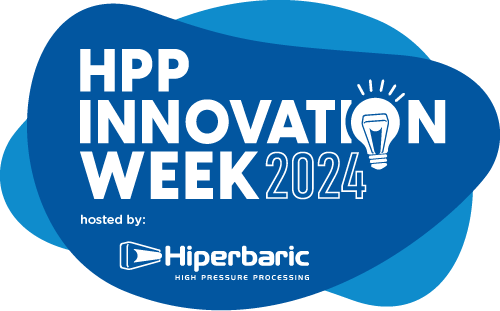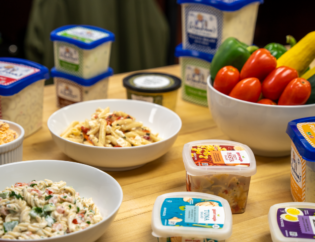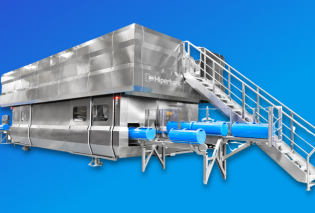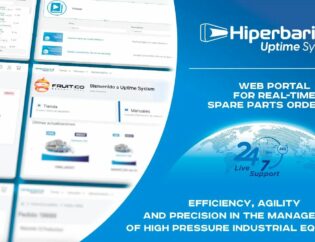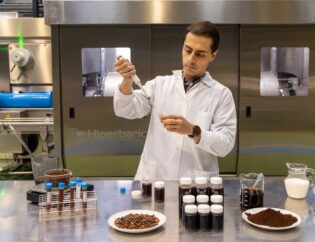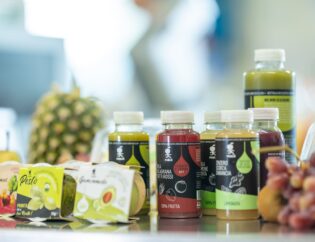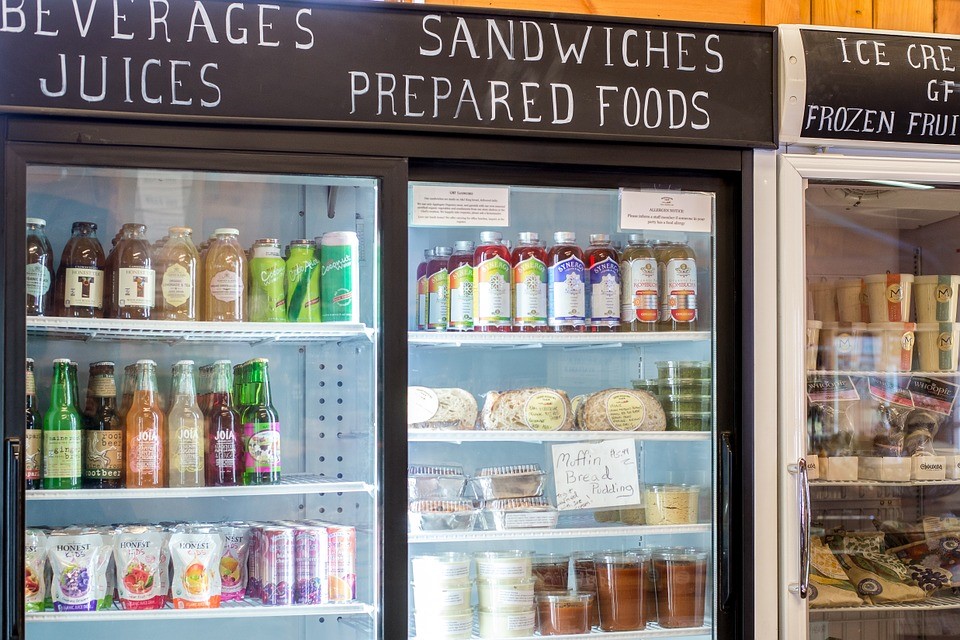
Probiotics help digest food, improve calcium absorption, as well as improve and regulate intestinal transit. Consumers are becoming more aware of these benefits thanks to the advertising of probiotic brands. However, in addition to learning about the benefits, it’s important to understand the principles of Probiotics. This blog answers some of the questions that arise when we talk about probiotic products such as: What is a probiotic? How easy is it to obtain probiotic foods? How does HPP affect probiotic foods?
There are many health claims printed in food labels that usually catch our attention when we go grocery shopping. Probiotics are one of the most recurrent claims nowadays, but do we really know what they are?
Main Characteristics
The FAO and the WHO have done a study called “Probiotics in food. Health and nutritional properties and guidelines for evaluation”, which defines probiotics as:
“[…] Live microorganisms which when consumed in adequate amounts as part of food confer a health benefit on the host […]”.
However, it also points out that this definition may not be complete.
The study emphasizes that the intestinal microflora have a beneficial role. They have been referred to as “colonization resistance” or “barrier effect”. This is a “[…] mechanism used by bacteria already present in the gut to maintain their presence in this environment and to avoid colonization of the same intestinal sites by freshly ingested microorganisms, including pathogens […]”.
As a result of this functionality, the study indicates that one might not be able to conclude that eating a certain amount of “healthy bacteria” can contribute to the well-being of a person. The study proposes to consider probiotic microorganisms those that, in addition to surviving the passage through the digestive system, are capable of proliferating in the intestine, as is with the intestinal microflora.
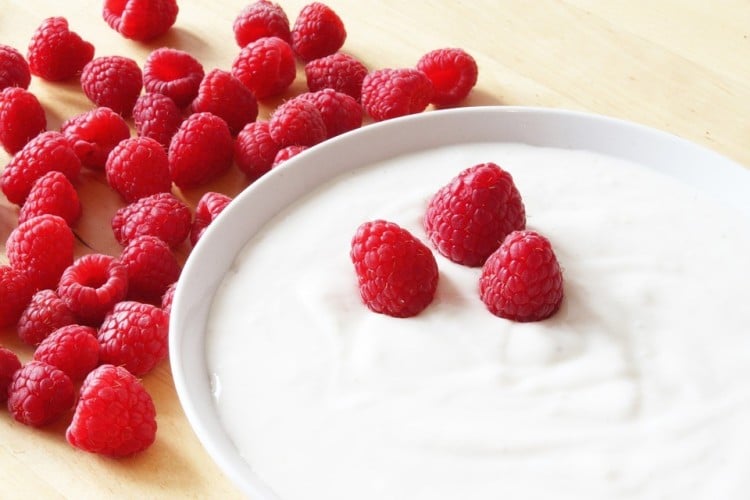
This means they must be resistant to gastric juices and can grow in the presence of bile, in the conditions affected in the intestines, or be consumed in a food that, acting as a vehicle, allows them to survive passage through the stomach and exposure to bile. The range of probiotics is reduced to gram-positive bacteria and they are mainly classified into two genera, Lactobacillus and Bifidobacterium (Holzapel et al., 1998; Klein et al., 1998), both of which are present in dairy products.
Taking this FAO/WHO study as a starting point, a group of experts were convened in October 2013 by the International Scientific Association for Probiotics and Prebiotics (ISAPP) to discuss the field of probiotics. The result of this was The International Scientific Association for Probiotics and Prebiotics consensus statement on the scope and appropriate use of the term probiotic.
According to this update, the characteristics that a probiotic must have, are:
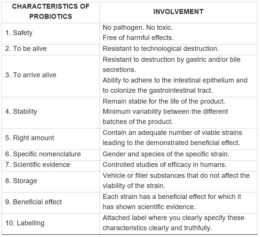
In the United States, many species of Lactic Acid Bacteria (LAB) obtained the GRAS status and can be added to food preparations, claiming beneficial effects associated with the consumption of these products. Similarly, in the European Union, various bacterial strains are considered safe following a Qualified Presumption of Safety (QPS) approach. Nevertheless, only a single health claim has been approved so far by EFSA in the EU, and it is for the live cultures L. delbrueckii and Streptococcus thermophilus. The wording of the claim must refer to an improved lactose digestion.
HPP, an alternative to guarantee probiotics in food
It is well known that the development of probiotics or products with live cultures are challenging. Traditional processing steps are usually not compatible with viable high populations in the final product.
- Heat pasteurization or retorting will inactivate LAB and prevent the action of any beneficial effect.
- Additionally, the shelf life of fresh produce containing live cultures will be compromised because there is no intervention to control spoilage bacteria, moulds or yeasts.
High-Pressure Processing (HPP) is a non-thermal technology able to extend the shelf life of previously packaged foods, inactivating pathogens and spoilage microorganisms while preserving probiotic microorganisms.
Foods processed by high pressure processing, such as dairy products, benefit from these advantages. If we focus on probiotics, it is interesting to note that some LAB strains are pressure resistant and can survive after processing at 600 MPa (87,000 psi) for various minutes. This opens a wide range of possibilities in developing probiotic products with a long shelf life, since pathogens and spoilage microorganisms can be controlled while probiotic cultures remain alive.
As a scientific reference, we’ve had a patented process since 2010, which describes how HPP can extend the shelf life of dairy-based products inactivating moulds and maintaining a high concentration of a pressure-resistant lactic acid bacteria starter culture (figure 1).
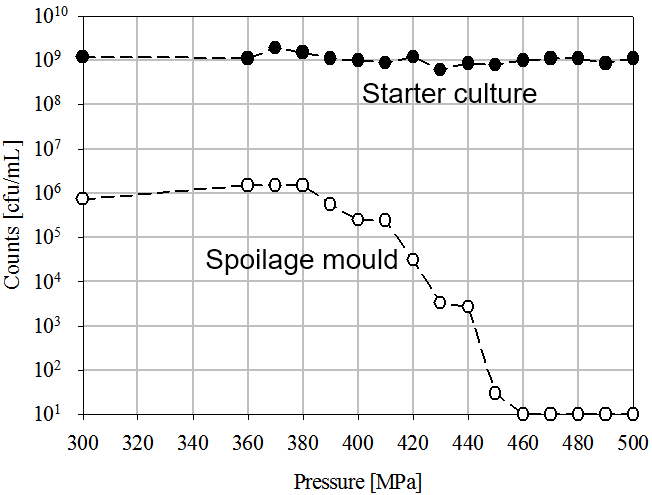
High pressure processing (HPP) also helps to preserve sporulated probiotic cultures, such as Bacillus coagulans (commercially available as GanedenBC30®). This is great news for all food producers who are planning or already inoculating their products with spores of probiotic bacteria.
If you want to know more about how HPP can enhance food safety and shelf life, do not hesitate to contact Hiperbaric, the global leading supplier of HPP machines for the food and beverage industry.

